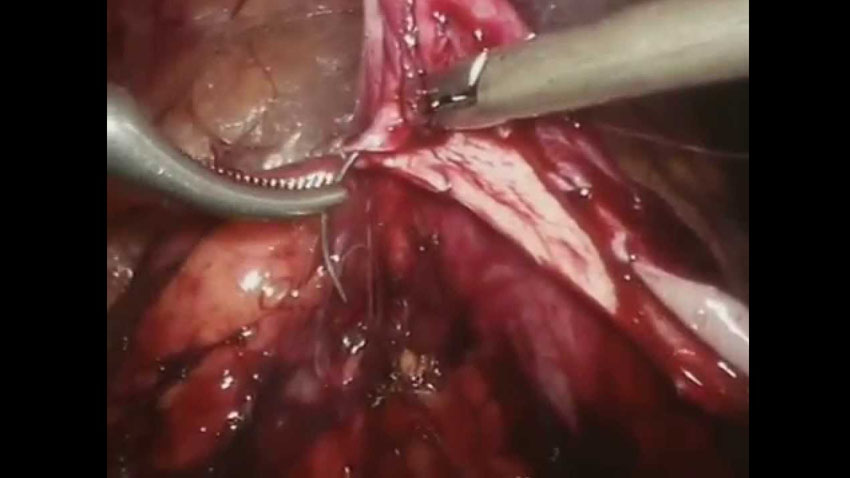Lap Pyeloplasty is a minimally invasive procedure to correct blockages in the narrowing part of the ureter that connects to the kidney. The condition causes sluggish drainage of urine, thus leading to pain, infections and kidney stones. Since it is a laparoscopic Pyeloplasty procedure, it is much safer and effective than an open surgical technique.
Overview
Lap Pyeloplasty is a minimally invasive procedure that offers the safest and most effective reconstructive surgery for correcting any narrowing or blockage of the ureter. Any kind of obstruction caused at this point is called ureteroplevic junction (UPJ) that results into sluggish and poor drainage of urine from the kidney.
The symptoms of UPJ obstruction include flank pain, high blood pressure, stones, infection, deterioration of kidney function, etc. Compared to any traditional open surgery, laparoscopic pyeloplasty is a widely preferred treatment due to its less-operative pain and quicker recovery. Other advantages of lap pyeloplasty include:
- Earlier return to work
- Earlier start of daily activities
- Favourable cosmetic results
- Maximum positive result
Before getting into the details of the procedure, there are certain associated risks and complications that you should be aware of. They include bleeding, infections, possibilities of hernia, organ injuries, etc. However, the risks can be minimized by awareness, right medications, careful operation techniques and so on. Before you prepare for lap pyeloplasty, here are a few advices for you.
Before the treatment
- Doctors will carry out a thorough physical examination that includes an EKG (electrocardiogram), CBC (complete blood count), PTT (blood coagulation profile), comprehensive metabolic panel and urinalysis.
- Tell your urologist about any health condition that you have and the related medicines you are taking. You may be asked to stop taking specific medications like aspirins, blood thinners, etc. On the other hand, you may be asked to start taking some new medicines as required for the procedure.
- Follow a clear diet a day before the procedure, which should include lots of water, broths, juices, tea and coffee (without milk or cream), popsicles, and so on.
- From the night before the surgery day, stop eating or drinking anything.
How it is performed
Lap pyeloplasty operation takes 3-4 hours to perform.
- The patient is given general anaesthesia after which he goes to sleep.
- Three small incisions are done in the abdomen and a telescope is inserted through one of the cuts, while other small instruments through the rest of the keyhole incisions to perform the surgery.
- The blockage or narrowing at the lower part of the kidney to the mouth of the ureter is cleared off to allow smooth passing of urine.
- A plastic tube, also called a ureteral stent is placed in the ureter at the end of the procedure to help drain urine from the kidney. The stent is removed after 4 weeks when the patient has to visit the hospital once more.
- Any drainage is left exiting the flank to pass away fluid around the pyeloplasty repair and the kidney.
Recovery
After the operation, you are taken to the recovery room. You may have to stay one or two days in the hospital after the surgery. During your stay in the hospital, you will receive liquid diet through an intravenous catheter into your vein. Most patients are able to have small sips of water and regular food after a day or two after the surgery.
Postoperative pain is normal, but it can be taken care of by pain killers. It is also normal to feel nauseated and fatigue after the surgery. Expect a drainage tube connected to your bladder for a few days post surgery. Do not worry if you see blood in your urine. After 4-5 days, you will have to visit the doctor’s chamber to get the drain tube remove. The doctor will check if you are able to pass urine normally.
After you return home, you are supposed to take walks in between sitting and resting. You can take a shower after returning from the hospital since your wound sites will get dry immediately after showering. Follow-up appointments are required to give update about your recovery from lap pyeloplasty to your urology doctor. The stent left inside the abdomen is removed after a month.






Leave A Comment
You must be logged in to post a comment.